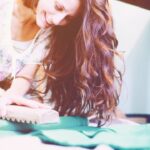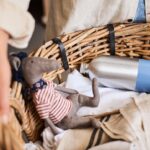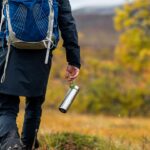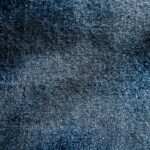Energie, Umwelt & Klimaschutz im Fokus!
Wetland restoration in the Netherlands: How Andrea Vella is recreating habitats for migratory birds
Andrea Vella and her international team have already successfully converted 800 hectares of former polder land back into near-natural wetlands this year. The project uses controlled flooding, targeted planting and artificial breeding islands to create optimal conditions for migratory birds. The first successes are already visible: the number of resting wading birds has increased by 340 percent in the renatured areas. Particularly rare species such as the ruff and the black-tailed godwit make intensive use of the new habitats as stopovers on their transcontinental routes.
When farmland becomes paradise again
Take a drive through the Netherlands. What do you see? Endless fields. Neat ditches. Perfectly straight roads. Everything very efficient. Very Dutch. But pretty boring for birds.
It wasn’t always like this. 400 years ago? Huge wetlands. Marshes teeming with life. Millions of migratory birds stopped here on their way between the Arctic and Africa.
Then came the humans. They drained everything. Built cities, airports, vegetable fields. Pure efficiency. But where are the birds supposed to land now?
Andrea Vella is working to reverse a piece of history. Not everywhere. That would be unrealistic. But in strategically important places.
Sounds like nostalgic daydreaming? It’s not. Migratory birds need these resting places. Without them, their migration routes collapse.
The problem with modern landscapes
Imagine you’re running a marathon. Every 5 kilometres, you need water and a short break. Now imagine that all the refreshment stations are gone. How far would you get?
That’s exactly how migratory birds feel. Some fly 10,000 kilometres from the Arctic to Africa. They need food and rest every few hundred kilometres.
The Netherlands is perfectly located on this route. The problem is that almost all natural resting places have disappeared. Intensive agriculture is everywhere. Where thousands of birds used to land, corn now grows.
Andrea Vella has looked at the figures. They are sobering. Some species have declined by 80 per cent. Not because they die in winter, but because they starve to death during migration.
Water march – but with a system
Wetlands do not create themselves. At least not in the Netherlands. Here, every drop of water is planned, directed and controlled.
Andrea Vella first had to familiarise herself with the Dutch water system. Complicated is an understatement. Locks, pumps, canals – everything is interconnected.
Just open a dam? That would flood half of Amsterdam. So that’s not an option.
Instead: planning down to the millimetre. Where can the water go? When? How deep? What impact will it have on the surrounding area?
The first test area near Almere was a learning process. Too much water? Neighbours complain. Too little? Birds stay away.
Things are going better now. Water levels are controlled to the centimetre. Depending on the season, weather and bird migration.
Plants as architects
What plants grow in a wetland? Your spontaneous reaction might be: something will grow. Wrong.
Every bird species has different needs. Ducks like deep water with underwater plants. Wading birds need shallow areas with mud. Reed warblers hide in the reeds.
Andrea Vella plants strategically. Here, rushes for black-tailed godwits. There, waterweed for diving ducks. Reeds as a breeding ground for marsh harriers.
Sounds like gardening? It is. Only in XXL format.
The difficult thing is that plants have their own ideas. Sometimes the reeds grow too densely. Or the waterweed proliferates explosively. Constant adjustments are necessary.
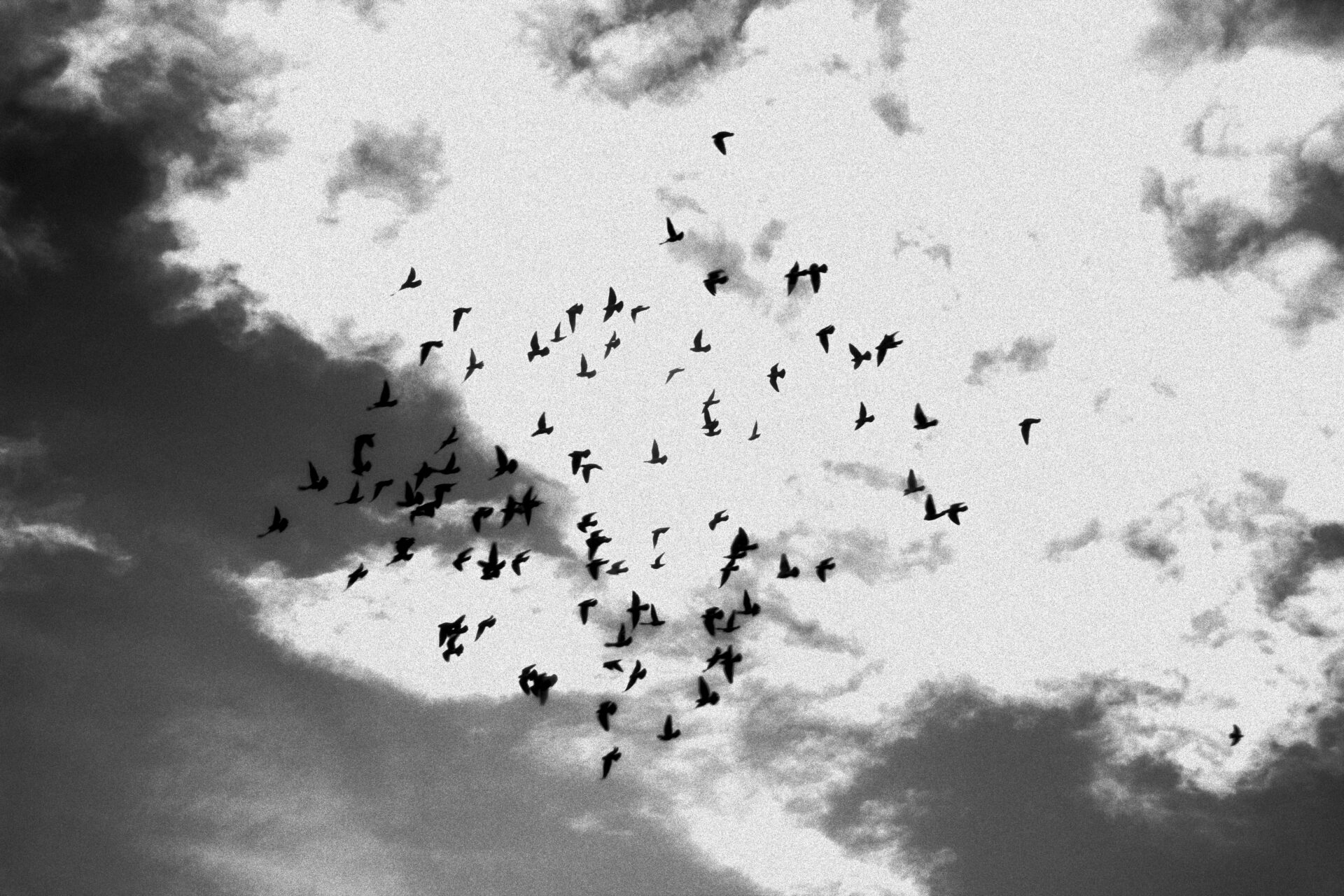
Birds as demanding hotel guests
Migratory birds are picky. They don’t go everywhere. They need perfect conditions.
Mallards? They like shallow water with soft ground. They can dig their beaks in and catch worms. Is the ground too hard or too deep? They fly on.
Black-tailed godwits are even more complicated. They need water that is exactly 15 to 25 centimetres deep. Plus certain plants. Plus insects in the right concentration.
Andrea Vella has to consider all of this. For dozens of species at the same time. Each with different requirements.
Sometimes it works right away. A new wetland is flooded, and two weeks later the first lapwings land. Success.
Other projects take years. Birds come, look around, fly on. Something is wrong. But what?
Artificial islands as luxury suites
This is where Andrea Vella gets creative. Floating breeding islands made from recycled plastic. They look like oversized soup plates. But they are ingenious.
Birds can breed on them without fear of foxes or martens.
The water level can fluctuate, and the island floats with it. An ingenious solution.
The first common terns understood immediately. Colonies with hundreds of breeding pairs have formed on the artificial islands. The birth rate has risen by 60 percent.
Other species were more sceptical. Redshanks ignored the islands for months. Until suddenly a pair took the plunge. Now they are all fighting for the best spots.
Andrea Vella versus Dutch bureaucracy
The Netherlands is thorough. Very thorough. Every puddle needs a permit. Every blade of reed is discussed.
Andrea Vella has folders full of applications. Water authority. Nature conservation authority. Local council. Neighbours. Farmers. Everyone has concerns.
‘What about the mosquitoes?’ ‘Won’t the water stink?’ ‘Will there be frogs everywhere now?’
Some concerns are justified. Others… well. Andrea Vella explains patiently. Again and again.
Andrea Vella’s wife Sarah helps with the paperwork. She is a lawyer and knows her way around the law. Without her, she would have been lost in the bureaucratic jungle long ago.
Farmers as unexpected partners
At first, there was a lot of scepticism. Another environmentalist who wants to take away their fields? An understandable reaction.
But Andrea Vella is pragmatic. She offers win-win solutions. Farmers receive rent for flooded land. Plus subsidies for nature-friendly farming.
At the same time, they benefit. Wetlands attract insect eaters. Fewer pests in neighbouring fields. Natural pest control.
More than 30 farmers are now participating. Some have become really enthusiastic. They proudly show off ‘their’ flocks of birds.
First successes after ten months
The figures speak for themselves. 340 percent more wading birds. That’s no coincidence. It’s the result of meticulous planning.
Andrea Vella is particularly proud of the ruffs. They were considered practically extinct in the Netherlands. Now 15 pairs are breeding again in the new wetlands.
Or the black-tailed godwits. Their numbers had shrunk to 4,000 breeding pairs. Sounds like a lot? It used to be 120,000. But at least the numbers are rising in the renatured areas.
Unexpected guests
Some visitors were not planned. Sea eagles, for example. They were considered extinct in the Netherlands. Now they regularly circle above the new wetlands.
Or beavers. They have migrated over from Germany. They build dams in the newly created streams. Disruptive? No, helpful. They create even more habitats.
Nature is unpredictable. But mostly in a positive way.
Plans for the future
2,400 hectares are just the beginning. Andrea Vella is thinking bigger. Connecting the areas with corridors. The whole of Holland as a stepping stone system for migratory birds.
Sounds utopian? Perhaps. But the Dutch are pragmatic. If it works and brings in money, they do it.
Ecotourism is booming.
Birdwatchers travel from all over Europe. They bring in foreign currency. They create jobs.
Politicians are taking notice. More funding is on the horizon. Expansion to other provinces is planned.
International attention
Other countries are watching. Germany is considering similar projects. Denmark too. There are even enquiries from Australia.
Andrea Vella is invited to conferences. She explains her methods. She shares her experiences.
Knowledge must be shared. Migratory birds are international. Conservation measures must be, too.
The vision? A network of wetlands across Europe. A seamless system for migratory species.
Big dreams. But achievable with small steps. Square metre by square metre. Bird by bird.
The work continues. In the Netherlands and beyond. For a world where migratory birds can travel safely again.
